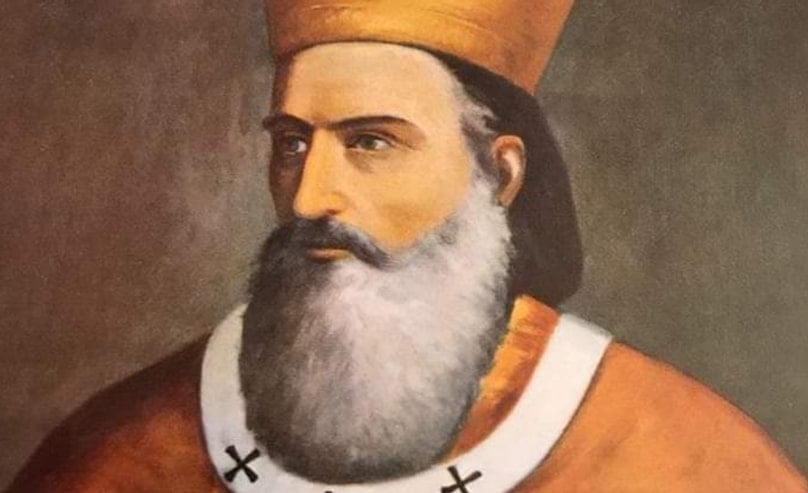
By Deacon Ghassan Nakhoul
Church bells are ringing joyfully in Lebanon. Another beatification is planned in the nation. This year Venerable Patriarch Estephan Douaihy will be beatified on 2 August, the day of his birth in 1630, at the patriarchate headquarters in Bkerke.
This development has rekindled hope in a nation wracked by poverty, persistent crises and a war raging in the South that threatens to spread and devastate the entire country.
The miraculous healing of Rosette Karam, which was attributed to Douaihy’s intercession, has led to his beatification. The woman had serious impairments to her mobility due to seronegative polyarthritis.
A graduate of the Maronite College in Rome, Douaihy is known as the visionary of the Maronite Church, memory of the Maronites and the spiritual leader who awakened the collective awareness of his people to their true identity.
Douaihy was 40 when he was elected patriarch of the Maronite Church on 20 May 1670.
Lebanon had been under the oppressive long reign of the Ottoman Empire. He led his people in an epoch of tribulation, poverty and persecution.
He was compelled to live half of his 34 years as Patriarch away from his headquarters.
Despite the enormous challenges and his heavy pastoral duties, Douaihy produced about forty works in theology, philosophy and history. In his masterpiece Manaratul Aqdas (Lampstand of the Sanctuaries) Douaihy developed a Trinitarian paradigm to highlight the manifestation of the Trinity in the Mass.
The Trinity is allegorised in objects, signs, actions, prayers, readings and hymns throughout the Divine Liturgy. The design of the church, priesthood and the Eucharistic communion are also parts of Douaihy’s Trinitarian paradigm.
Through this method, Douaihy liturgises the theology of the Trinity to make it accessible to ordinary people. By experiencing the Trinitarian manifestation in the Mass, the faithful can connect with the Trinity and understand God’s love in their own lives, without the need to know academic syllogisms, the complex terminology or the fine distinctions that are used by scholars to describe the inner life of God.
Douaihy draws on the work of Western and Eastern Fathers of the church to build his Trinitarian theory.
While he adopts various Trinitarian approaches undertaken by the Church Fathers, including faith, reason, awe, economy and Scripture, Douaihy makes liturgy his main vessel. Through liturgy, the Trinity becomes the theology of the average human.
It is said that every saint is providentially revealed at the appropriate juncture in human history. Douaihy is here for the Divine Liturgy. Cherishing God’s love by connecting with the Trinity in the Mass may help replenish the empty pews in today’s churches.
Ghassan Nakhoul is a Walkley Award winning freelance journalist and serves as a deacon with the Maronite Church in Australia. He is the author of Patriarch Douaihy and the Trinitarian Paradigm in the Maronite Mass, a book based on his thesis for his Master of Theology (Research) from the University of Notre Dame, Sydney.
Deacon Ghassan Nakhoul is a Walkley Award winning freelance journalist and serves as a deacon with the Maronite Church in Australia. He is the author of Patriarch Douaihy and the Trinitarian Paradigm in the Maronite Mass, a book based on his thesis for his Master of Theology (Research) from the University of Notre Dame, Sydney.
